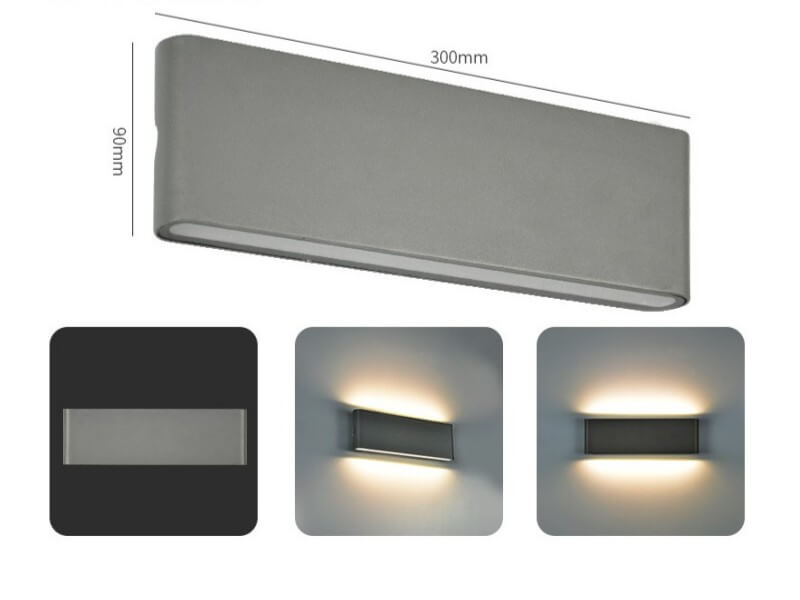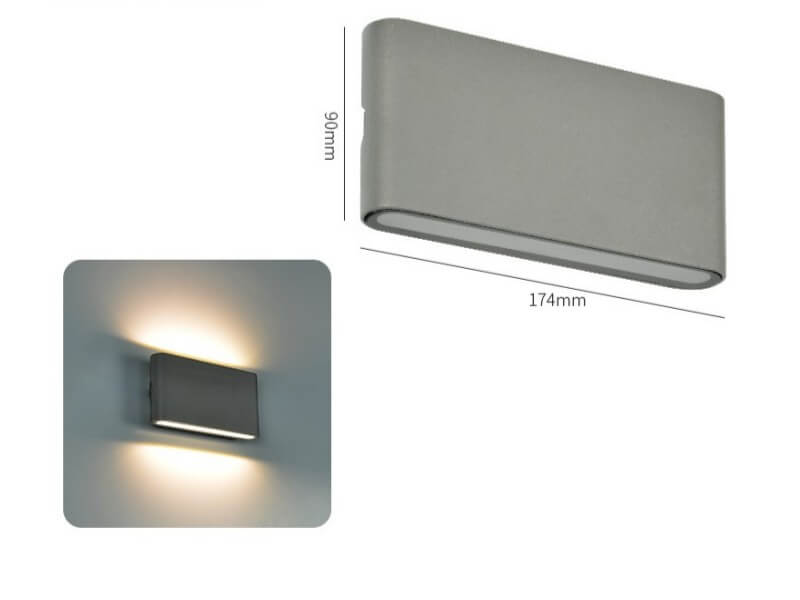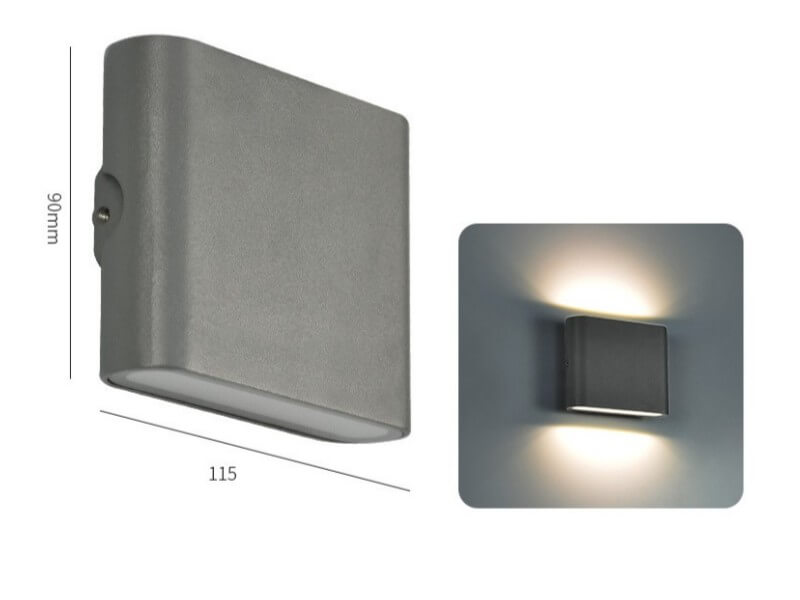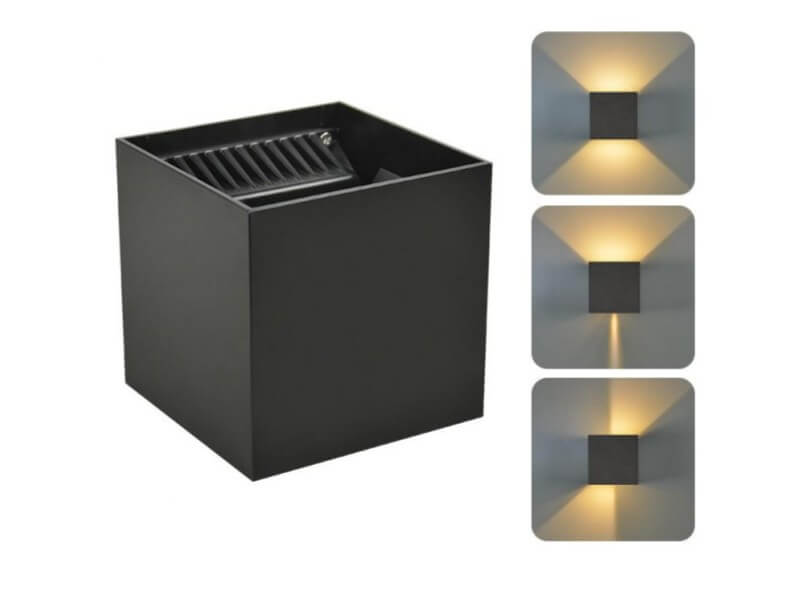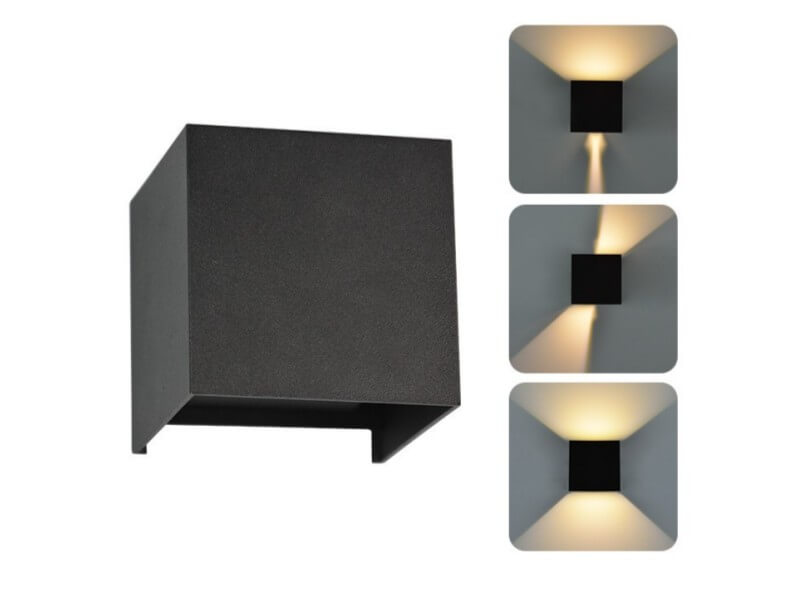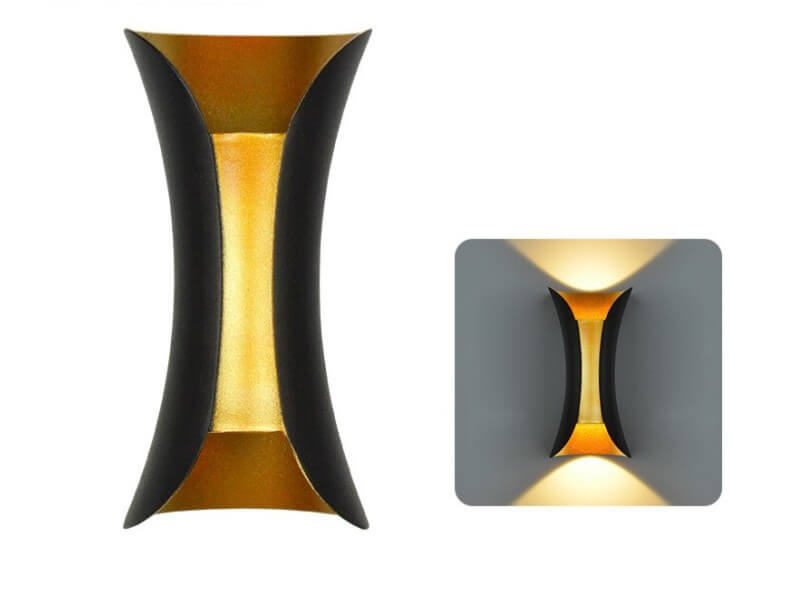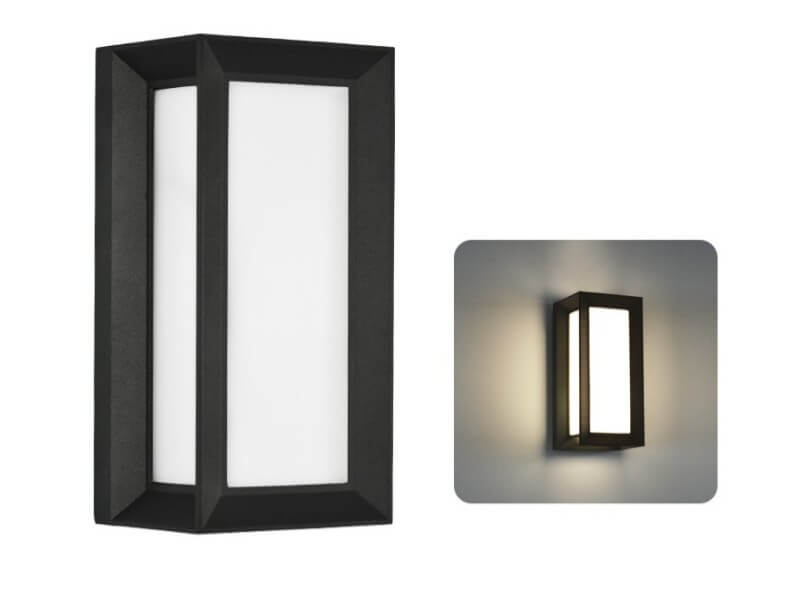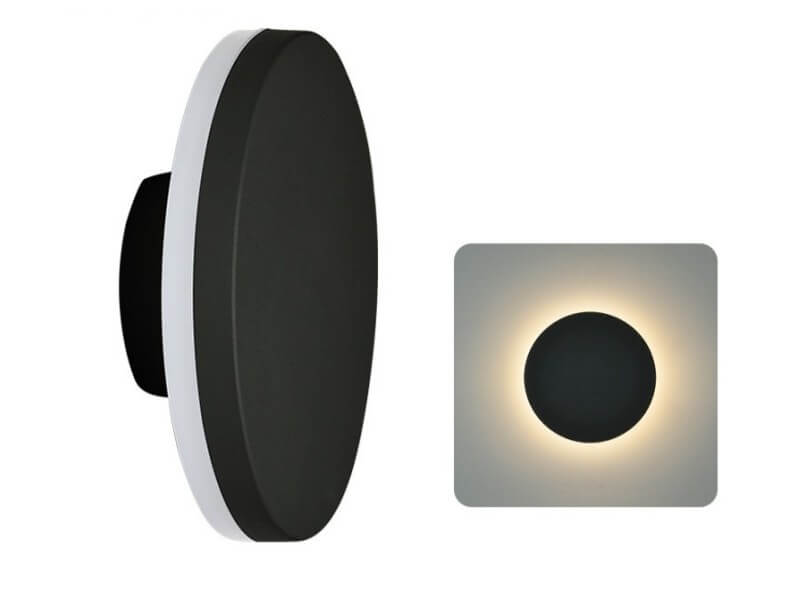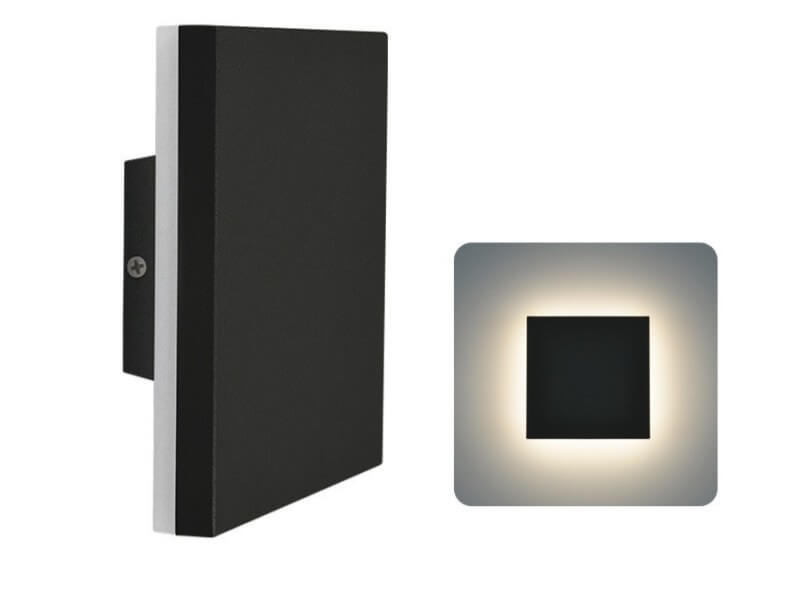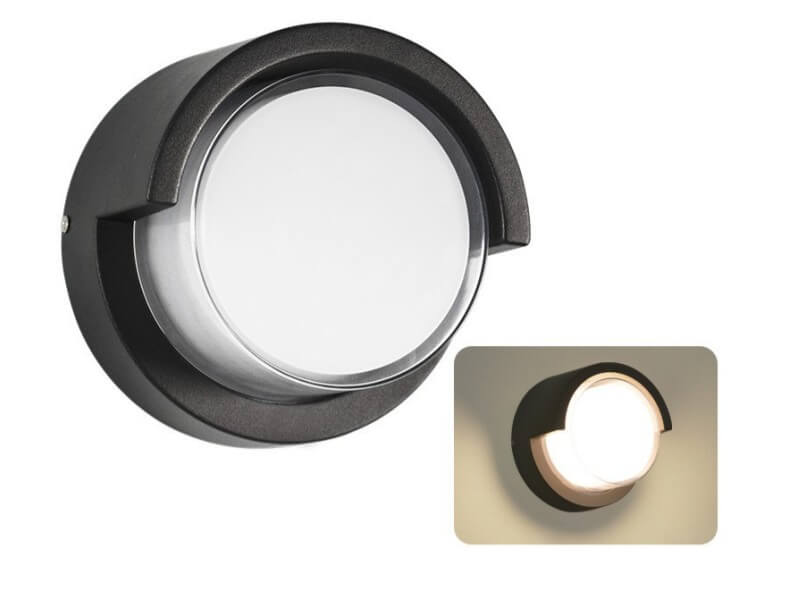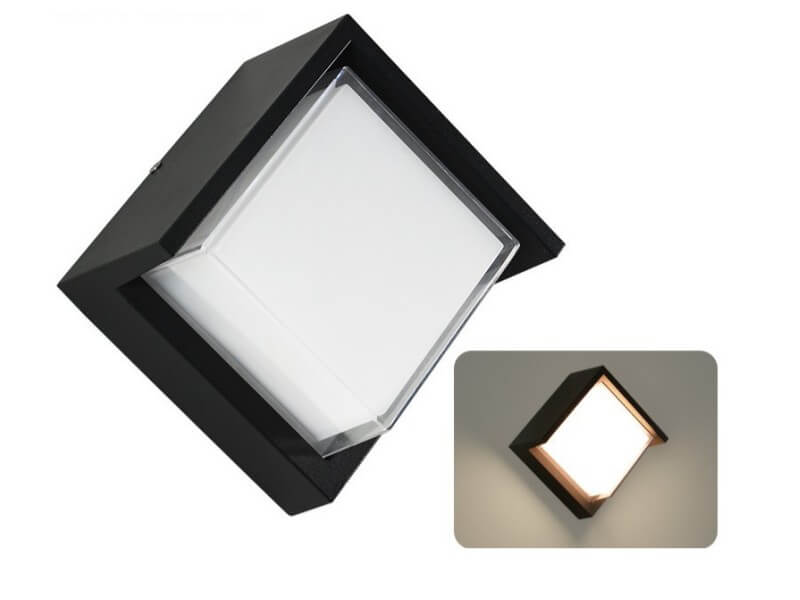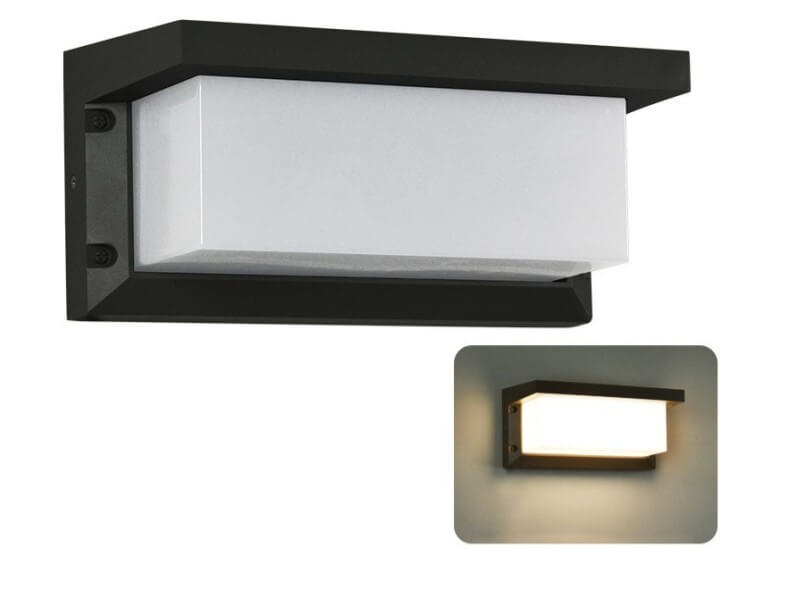Outdoor Wall Lights
Ledhome will provide LED outdoor wall lights with robust quality and reasonable prices for you.
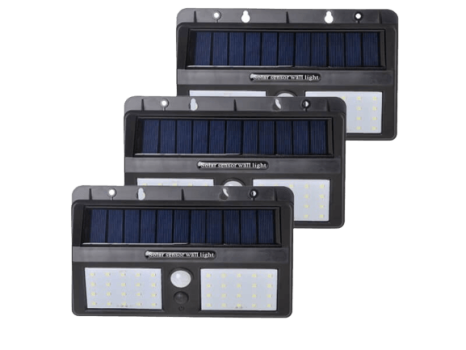
LED outdoor wall lights are auxiliary lighting decorative lamps installed on outdoor walls, generally with milky white glass lampshades. The power is mostly about 3-40 watts, and the light is elegant and harmonious, which can embellish the environment with elegance and splendor. The main categories of Ledhome supply are: solar wall lights outdoor, PIR outdoor wall lights, modern outdoor wall lighting, black outdoor wall lighting and recessed wall lights outdoor, etc. It is suitable for indoor, outdoor, corridor, aisle, villa front, courtyard and garage, etc.
-
Outdoor Wall Lights
Modern Grey LED Outdoor Wall Lights (18W)
-
Outdoor Wall Lights
Modern Grey LED Outdoor Wall Lights (12W)
-
Outdoor Wall Lights
Modern Grey LED Outdoor Wall Lights (7W)
-
Outdoor Wall Lights
Modern Square LED Outdoor Wall Lights (12W)
-
Outdoor Wall Lights
Modern Square LED Outdoor Wall Lights (6W)
-
Outdoor Wall Lights
Modern Black Glod LED Outdoor Wall Lights (10W)
-
Outdoor Wall Lights
Modern Square LED Outdoor Wall Lights (12W)
-
Outdoor Wall Lights
Modern Round LED Outdoor Wall Lights (12W)
-
Outdoor Wall Lights
Modern Square LED Outdoor Wall Lights (12W)
-
Outdoor Wall Lights
Modern Round LED Outdoor Wall Lights (12W)
-
Outdoor Wall Lights
Modern Square LED Outdoor Wall Lights (12W)
-
Outdoor Wall Lights
Modern Square LED Outdoor Wall Lights (18W)
Features of LED Outdoor Wall Lights
- LED outdoor wall lights are mostly installed on balconies, stairs, corridors, aisles, and bedrooms, and are suitable for long-term lighting; color-changing wall lights are mostly used in festivals and festive occasions; bedside wall lights are mostly installed on the upper left of the bedside, and the lamp head can be thousands of Rotating in the direction, the light beam is concentrated and easy to read; wall lights in front of the mirror are often used near the mirror in the bathroom.
- The installation height of wall lights should be about 1.8 meters above the eye level. The lighting intensity of Wall lights should not be too large, which is more artistic. The choice of Wall lights lampshade should be determined according to the wall color. For white or cream-yellow walls, light green and light blue lampshades should be used. For the wall, it is advisable to use milky white, light yellow and brown lampshades. In this way, a conspicuous wall light can be embellished on the background wall covering of a large area, giving people a sense of elegance and freshness.
- The wires connecting the wall lights should be light-colored, so that it can be painted with the same color as the wall, so as to keep the wall neat and tidy. In addition, you can first dig a small groove on the wall that just fits the wire, insert the wire, fill it with lime, and then paint the same color as the wall.
How to Choose LED Outdoor Wall lights
Pay attention to lampshade quality
When buying wall lights, the first thing to look at is the quality of the lamps themselves. The lampshade is usually made of glass, while the bracket is usually made of metal. The lampshade mainly depends on whether its light transmittance is suitable, and the pattern and color of the surface should echo the overall style of the room. Whether the corrosion resistance of the metal is good, and whether the color and luster are bright and full are important indicators for checking the quality.
Light brightness
Generally speaking, soft light is better, and the power should be less than 60 watts. In addition, different types of wall lights should be selected according to the installation needs. For example, if the room is small, use single-ended wall lights; if the room is large, use double-ended wall lights; if the space is large, you can choose thicker wall lights; otherwise, use Choose thinner. The last thing to note is that it is best to choose wall lights with bulbs with protective covers, which can prevent the wallpaper from igniting and causing danger.
The Notes for Selection and Purchase
1) The style and specifications of wall lights should be coordinated with the installation site. For example, double-fired wall lights can be installed in large rooms, and single-fired wall lights can be installed in small rooms.
2) The color of the wall lights should be coordinated with the color of the installed wall.
3) The thickness of the wall lights should be coordinated with the environment of the installation site. If the surrounding area is large, thick wall lights can be selected; if the surrounding area is narrow, thin wall lights can be selected.
4) The power of wall lights should be consistent with the purpose of use.
5) The installation height of wall lights should be slightly higher than the human head.
Installation Method of LED Outdoor Wall lights
The installation method of wall lights is relatively simple. After the location is determined, the main task is to fix the lamp socket of the wall lights. The wall lights are often fixed on the wall by the method of embedded parts or punching gluing construction.
There are many methods of gluing, but the following are commonly used.
1. Brush method
Applying the adhesive to the bonding surface with a brush is the easiest and most commonly used method. This method is suitable for single or small batch production and construction.
2. Spray method
For low viscosity adhesives, it can be sprayed with an ordinary paint spray gun. For those high viscosity adhesives with short pot life and difficult cleaning, spray guns from Burt from the reinforced plastics industry can be used. The advantages of the spraying method are that the glue is applied evenly and the work efficiency is high;
3. Artesian method
The rain-type automatic device is adopted. This method is very suitable for flat plate-shaped parts, with high ergonomics and suitable for mass production. In order to prevent the glue from clogging the nozzle, the glue used must have the proper viscosity and fluidity.
4. Roller coating
The lower half of the rubber roller is immersed in the glue, and the upper half is exposed to the outside directly or indirectly through the printing roller to contact the working surface. In order to achieve different gluing effects, different grooves and patterns can be made on the wheat surface of the rubber roller, and the amount of gluing can also be controlled by changing the pressure of the rubber roller or using a scraper. Cots can be made of rubber, wood, felt or metal.
5. Scratch coating
For high-viscosity limb-like and paste-like adhesives and for bonding parts such as floors, glue can be used for gluing. The rubber sheet can be made of 1-1.5mm thick elastic steel plate, rigid PVC board and other materials.
6. Other coating methods
Such as the dip coating method, glue injection method, etc.
Contact us for a quick quote to make your lighting business more profitable
Talk to us about your needs, let our business more easily!

